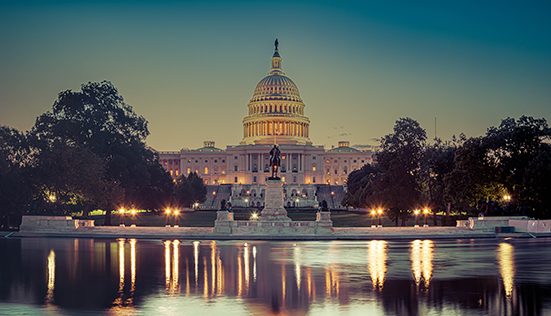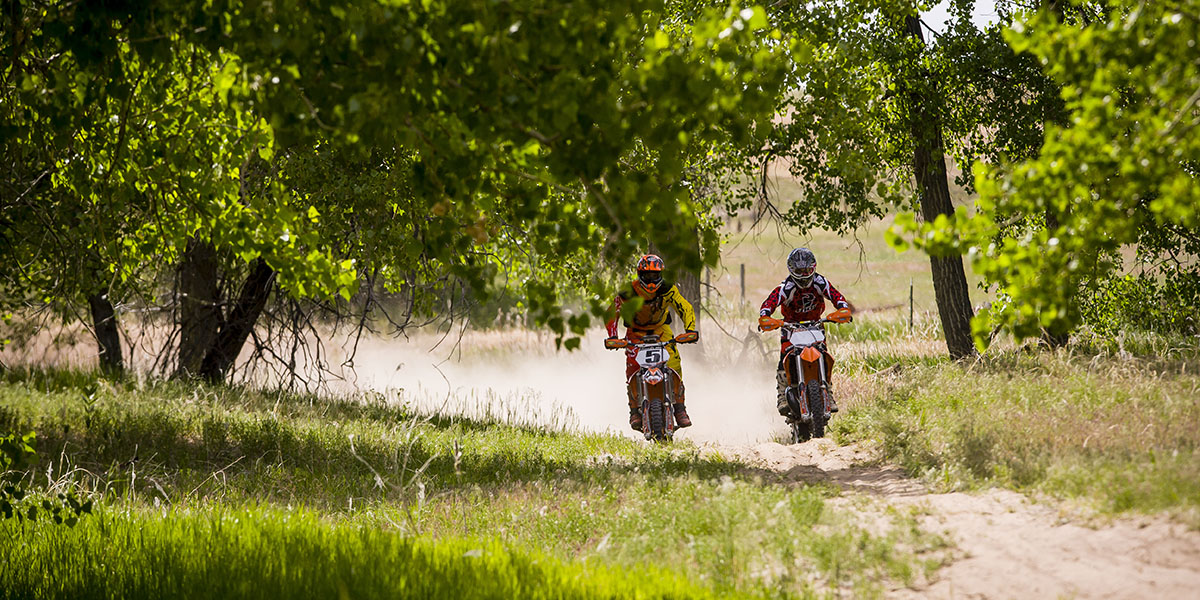The federal Recreational Trails Program (RTP), in place since 1991, now enjoys an important waiver that eliminates a longstanding roadblock — good news for all off-road riders
December 5, 2023 (Story from November edition of American Motorcyclist)
By Keaton Maisano
More than three decades after its approval in 1991, the Recreational Trails Program (RTP) — a federal program that basically gives a portion of federal gas tax money to states, who then distribute it in the form of grants, often to local non-profits, to help fund trails programs — had a longstanding obstacle removed over the summer.
The Federal Highway Administration (FHWA) — which administers the RTP program — recently granted a Waiver to Buy America Requirements for De Minimis Costs and Small Grants, which allows projects below $500,000 in cost to waive the Buy America requirements for iron, steel, manufactured product, and construction materials.
Projects that exceed $500,000 have an allowable threshold for non-compliant products of either a million dollars or 5 percent of the total applicable costs for the project (whichever is less). If the noncompliant products include iron, steel or manufactured products, however, the FHWA’s threshold amount of 0.1 percent of the total contract amount or $2,500 still applies.
In layman’s terms, the waiver, which went into effect Aug. 16, removes a hurdle that has hindered the development, expansion and maintenance of many trail projects over the years.
While the AMA supports buying American, the provision has been used as a surrogate issue to block the use of funds on motorized trail maintenance and development. These rules required the use of American-made products unless a cumbersome and time-consuming waiver was granted, often negatively impacting productivity, creating seasonal related challenges, and also additional difficulties for the applicants.
With this waiver in place, land managers and pro-trail entities now have much more flexibility when it comes to trail development, upgrades and maintenance.
A little history: Giving birth to what is now known as the RTP, the Steve Symms National Recreation Trails Fund Act of 1991 was included into the federal highway bill and passed into law in November of 1991. The act was implemented to provide funds to the states to develop and maintain recreational trails and trail-related facilities for non-motorized and motorized enthusiasts.

Simply put, a percentage of gas tax paid by non-highway recreational users is infused back into the trails community in the form of available grants that go toward motorized and non-motorized recreational projects. For example, the RTP serves many of the following recreational trail users: off-highway motorcycling, hiking, bicycling, cross-country skiing, snowmobiling, horseback riding, all-terrain vehicle riding and four-wheel driving and others. By law, the funds are allocated at a rate of 30 percent motorized, 30 percent non-motorized and 40 percent to mixed-use trails.
Projects funded include, but are not limited to, trailhead improvements (parking/bathrooms etc.), signage, trail maintenance, bridge construction, mapping, and the purchase of related materials and equipment.
In 1992, the Coalition for Recreational Trails (CRT) — a federation of national and regional trail-related organizations that works to build awareness of the RTP — was formed to ensure the program received adequate funding following the program’s inclusion in the Intermodal Surface Transportation Efficiency Act. Monies come from the Federal Highway Trust Fund, with the total amount representing less than a third of the motor fuel excise tax paid into the trust fund by non-highway users.
In the years that followed the program’s creation and initial success, the Transportation Equity Act of the 21st Century (1998) and the Safe, Accountable, Flexible, Efficient Transportation Equity Act: A Legacy for Users (2005), significantly increased funding to the program, which currently sits north of $80 million a year.
That money — divvied up to the participating states — is available in the form of grants that are awarded to eligible applicants who work in partnership with land managers. This funding is a critical source for many states and the individual groups striving to work on trails.
Due to the program’s importance and impact, there have been recent legislative efforts to increase the funding to at least $250 million by way of HR 1864. This proposed legislation would refund a much higher percentage of the eligible gas tax revenue, estimated to be more than $270 million per year. While this effort failed, it will be championed again in the next renewal period.
The RTP has been re-authorized multiple times, and there is a push to re-authorize the funding again soon.
Over the more than 30 years since its advent, there have been more than 25,000 RTP-funded projects nationwide, all of which are documented on the RTP database.
“For more than three decades the AMA and our partners at the CRT have supported this important program,” said AMA Government Relations Director Nick Haris. “The user-pay, user-benefit model of the RTP provides critical funding for trail projects nationwide, and also provides much needed economic benefits to the communities surrounding many of the project areas.”
Annually, the CRT hands out awards to recognize outstanding trail projects funded by the RTP. In 2021, 13 trail projects received Tom Petri Recreational Trails Program Annual Achievement Awards. Visit https://www.americantrails.org/communications/awards/crtAwards for the latest on the awards presentation and nominate your favorite eligible project!






